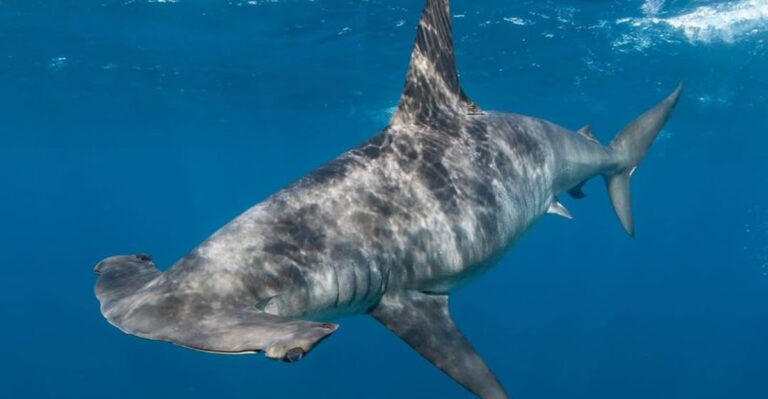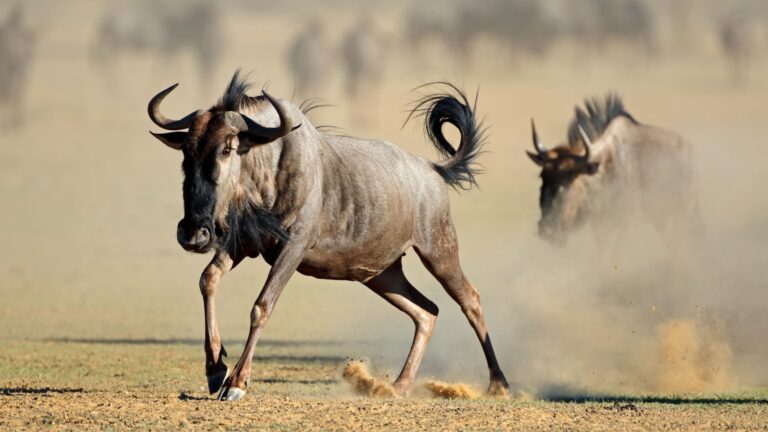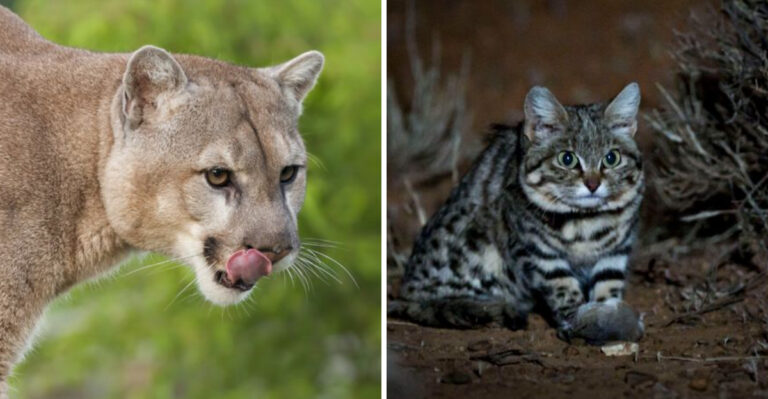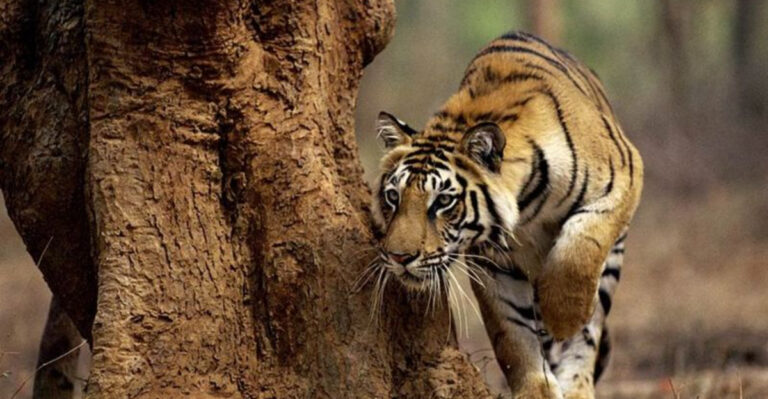Hamster Lifespan: How Long Do Hamsters Live?
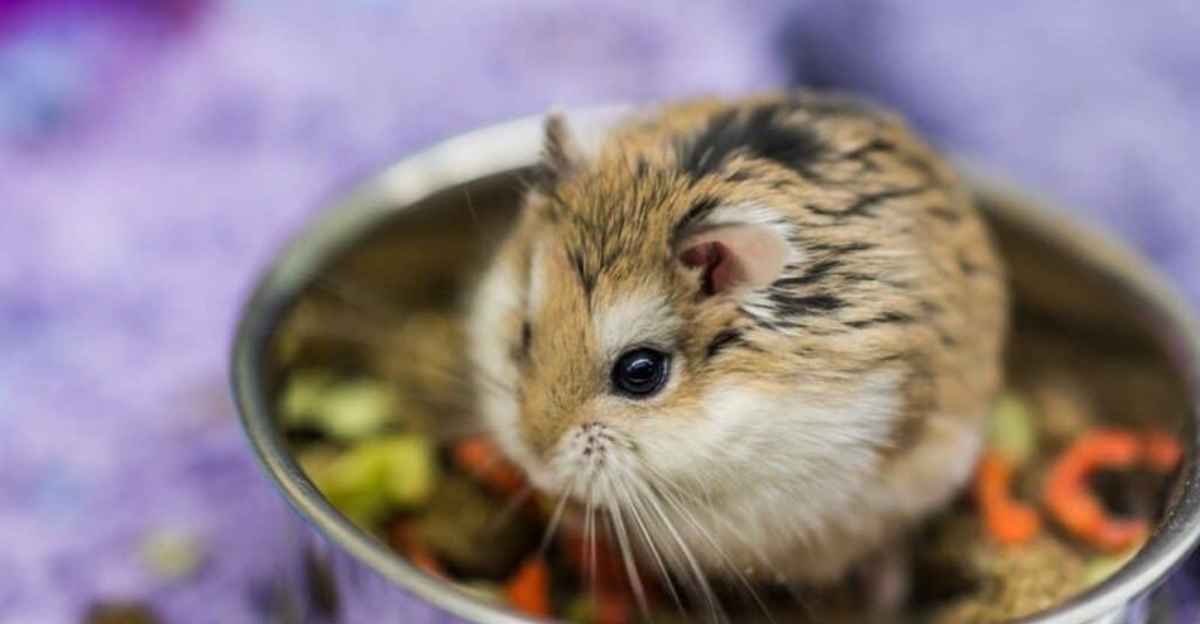
Ever wondered why your fuzzy little friend won’t be around for as long as a cat or dog? Those adorable wheel-spinning furballs have surprisingly short lifespans compared to other household pets.
Understanding how long hamsters typically live and what affects their lifespan can help you provide the best care possible for your pocket-sized companion.
1. Average Lifespan Range
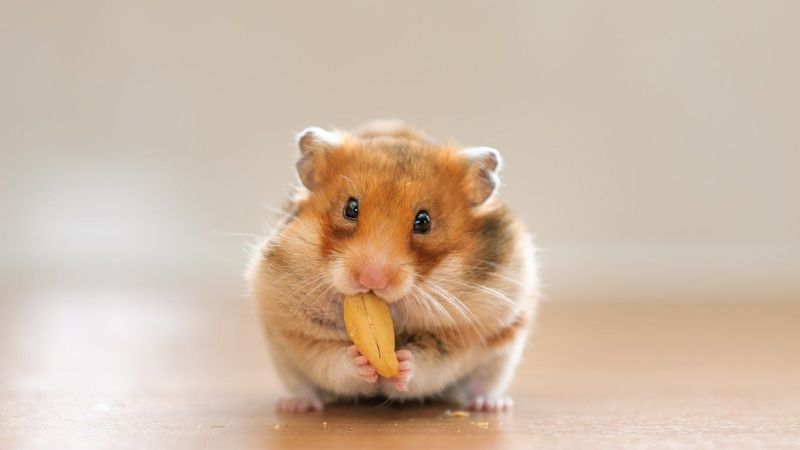
Most pet hamsters live between 1.5 to 3.5 years when properly cared for. Their compact bodies simply aren’t built for longevity.
Genetics play a significant role in determining where your hamster falls within this range. Even with perfect care, some hamsters naturally have shorter lifespans due to their genetic makeup.
2. Syrian Hamsters Live Longest
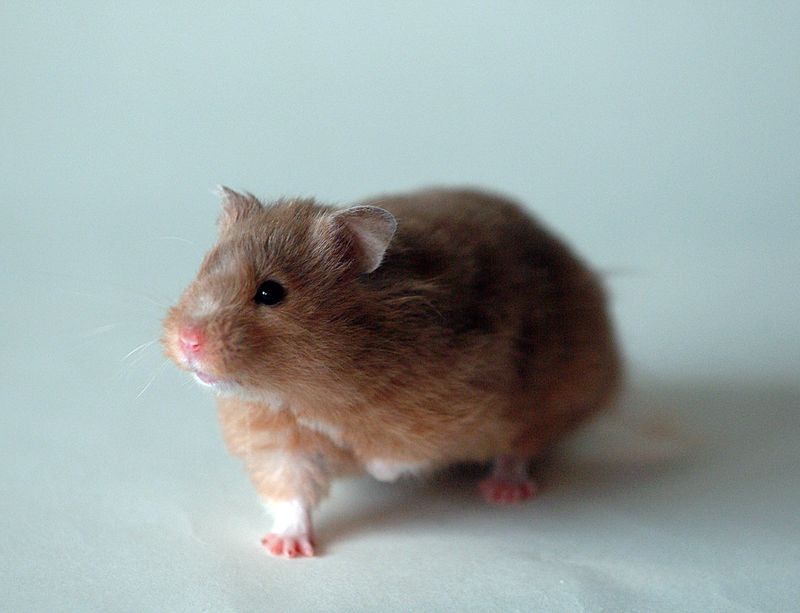
Golden or Syrian hamsters typically enjoy the longest lives among common pet hamsters, often reaching 2-3 years. Their larger size contributes to their extended lifespan.
Originally from Syria and Turkey, these solitary creatures have adapted to harsh desert conditions. This natural resilience translates to greater longevity when kept as pampered pets.
3. Dwarf Breeds Have Shorter Lives
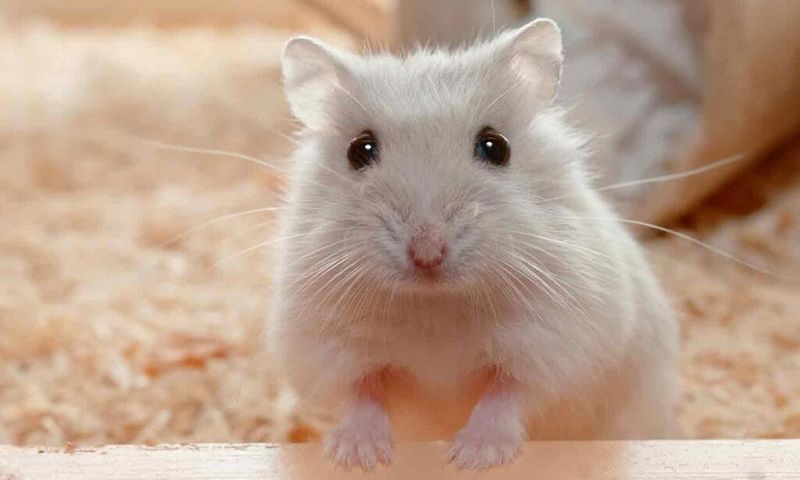
Tiny Roborovski dwarf hamsters usually live 1.5-3 years, while Chinese dwarfs typically survive just 1-2 years. Size does matter in the hamster world!
These pint-sized furballs have faster metabolisms and heartbeats than their larger cousins. Their bodies essentially work harder and wear out quicker, similar to how smaller dog breeds often live longer than giant breeds.
4. Wild Hamsters Don’t Live As Long

Surprise! Wild hamsters rarely reach their first birthday due to predators, harsh weather, and food scarcity. Your pampered pet has hit the hamster jackpot!
Nature can be brutal for these small rodents. Hawks, snakes, foxes, and countless other predators see them as tasty snacks. By comparison, your pet hamster’s protected life is practically luxurious.
5. Diet Dramatically Affects Longevity
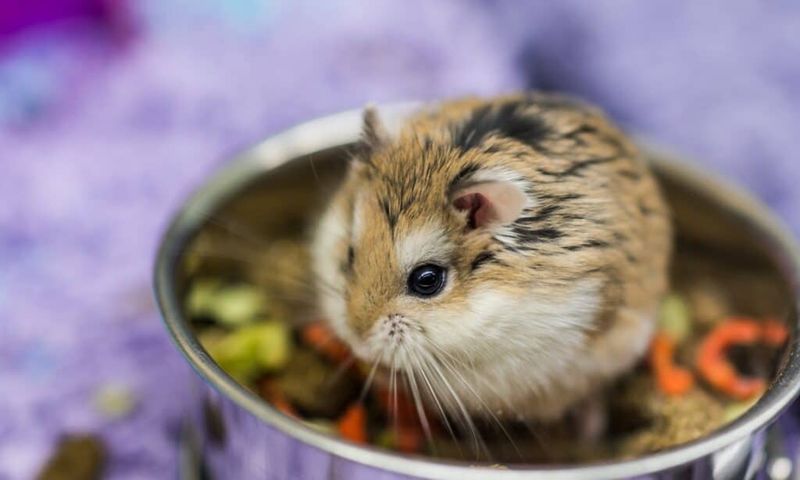
Fresh vegetables, quality hamster food, and occasional protein treats can add months to your hamster’s life. Junk food does the opposite!
Hamsters thrive on balanced nutrition just like humans. Seeds, nuts, and fresh produce provide essential nutrients that support healthy organs and immune function. Obesity from too many treats can shorten their already brief lives.
6. Exercise Extends Their Time

Running wheels aren’t just entertaining—they’re lifesaving! Hamsters need to run up to 5 miles nightly to maintain cardiovascular health and prevent obesity.
In the wild, these little athletes cover massive distances foraging for food. Without adequate exercise, pet hamsters often develop health problems that cut their lives short. A proper-sized wheel and exploration time are essential investments.
7. Stress Shortens Hamster Lives

Constant handling, loud noises, and bright lights can stress hamsters to death—literally! Their tiny hearts can’t handle prolonged anxiety.
Being prey animals, hamsters are wired to interpret disturbances as life-threatening dangers. This triggers fight-or-flight responses that raise blood pressure and strain their hearts. A quiet, predictable environment helps them live their fullest potential years.
8. Cage Size Matters Tremendously
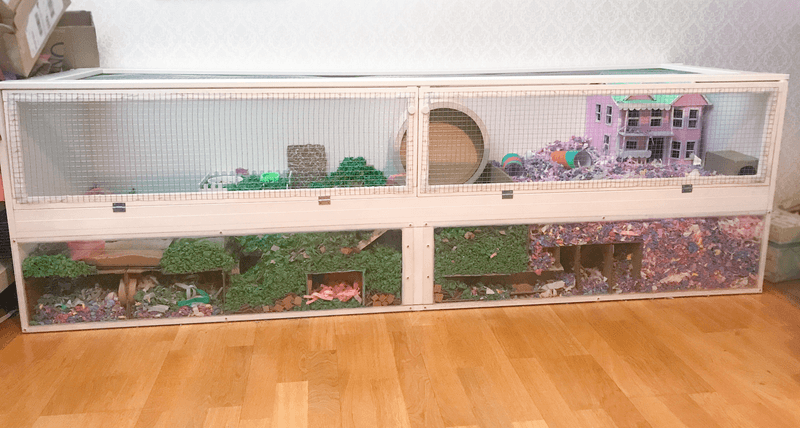
Cramped quarters lead to stressed, unhealthy hamsters with shortened lifespans. Minimum cage requirements? At least 450 square inches of uninterrupted floor space.
Imagine spending your entire life in a closet—that’s how hamsters feel in those tiny store-bought cages. Spacious habitats allow natural behaviors like burrowing and exploring, reducing stress and associated health problems that can cut their lives short.
9. Temperature Affects Lifespan
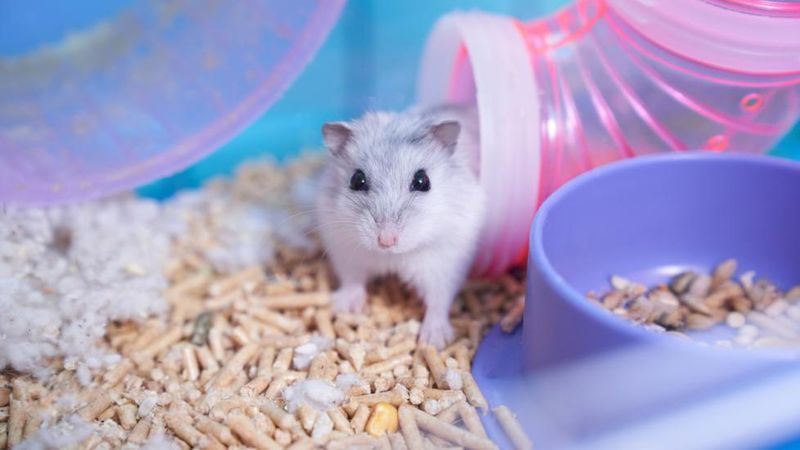
Room temperatures between 65-75°F (18-24°C) help hamsters thrive longer. Too hot or cold can be fatal within hours!
Unlike humans, hamsters can’t sweat to cool down or shiver effectively to warm up. Their tiny bodies lose heat rapidly in cold conditions and overheat quickly in warm environments. Maintaining proper temperature is one of the simplest ways to extend their lives.
10. Genetics Play A Major Role
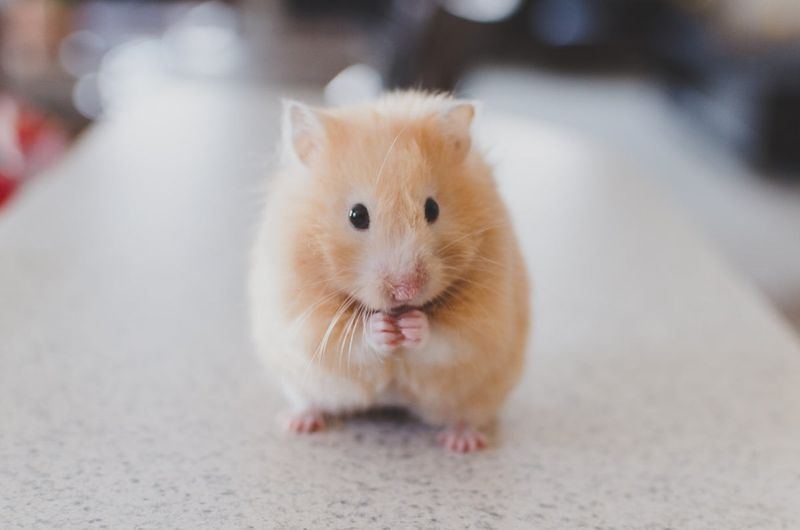
Just like humans, some hamsters hit the genetic lottery while others don’t. Reputable breeders select for health and longevity, unlike pet stores.
Mass-produced hamsters from commercial suppliers often carry genetic weaknesses that surface later as tumors, heart problems, or diabetes. A hamster from a careful breeder might cost more initially but could live significantly longer due to healthier genetic foundations.
11. Common Health Issues That Shorten Lives
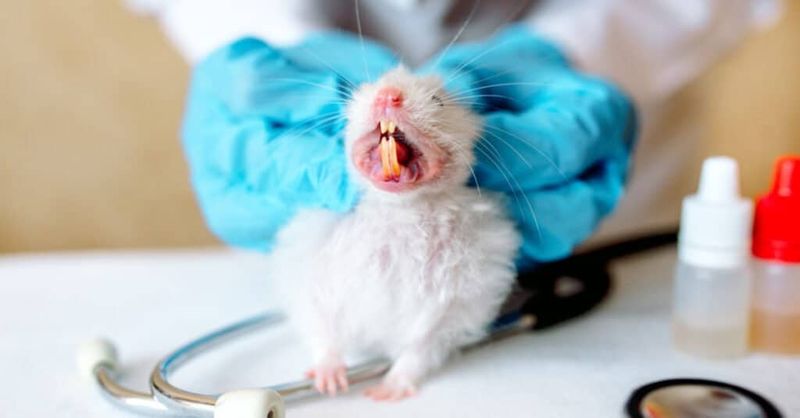
Wet tail, respiratory infections, and diabetes frequently cut hamster lives short. Catching symptoms early can make all the difference!
Hamsters hide illness instinctively since showing weakness attracts predators in the wild. By the time symptoms become obvious, conditions are often advanced. Regular health checks—watching for changes in eating, drinking, or activity levels—can help catch problems when they’re still treatable.
12. Veterinary Care Extends Life

Regular exotic vet checkups can add precious months to your hamster’s short life. Many owners skip this crucial care due to the hamster’s low cost.
Finding a vet experienced with hamsters makes a huge difference. They can spot early warning signs of common conditions and recommend preventative measures. Considering hamsters only live a few years, even a few extra healthy months represents a significant portion of their lifespan.
13. Female Vs. Male Lifespan Differences

Female hamsters typically outlive males by several months. However, they’re more prone to certain reproductive cancers if not bred.
Males often develop more aggressive behaviors and territorial disputes that can cause stress or injury. Females generally maintain more stable temperaments throughout their lives. This difference mirrors many mammal species where females tend to have slightly longer average lifespans.
14. Signs Of Aging In Hamsters

Gray fur, slower movements, and increased sleeping signal your hamster is entering their golden months. Most hamsters show aging signs around 1.5 years.
Their once-bright eyes may develop a slight cloudiness. Activity levels typically decrease as joints stiffen with age. Many elderly hamsters become more docile and less interested in exploration. These changes happen rapidly due to their compressed lifespan.


